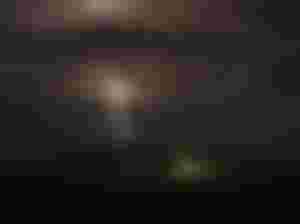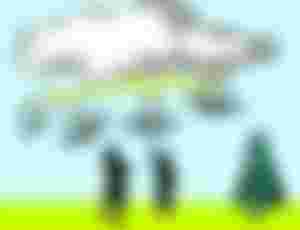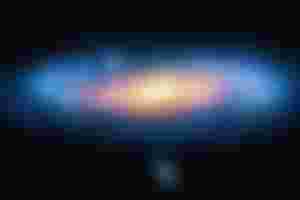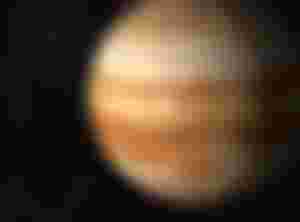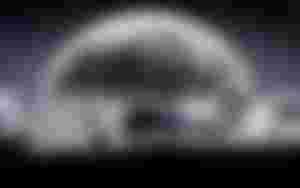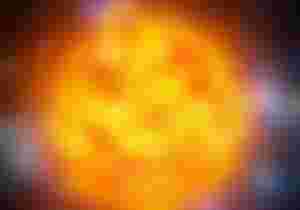Our world is just so big and wonderful. why not learn something cool about it you never knew before?
You’re probably thinking: Hold your horses.
Reading 200 facts will take forever, I’m not going to do that.
Well, you can start and read only about the things which interest you most and see how it goes, you got nothing to lose. 😉
Milky Way

The Milky Way is about 100 thousand to 120 thousand light-years in diameter. (A light year is about six trillion miles!)
It’s made from other galaxies that our galaxy has consumed, such as the Sagittarius Dwarf Galaxy.
Our galaxy is currently consuming the Canis Major Dwarf Galaxy (the closest galaxy to ours).
The Milky Way has over 200 billion stars in it, even though it’s one of the average sized galaxies in the Universe.
There is a black hole at the center of the galaxy that is estimated to be about fourteen million miles across.
Our galaxy is almost as old as the Universe. The age of the Universe is about 13.7 billion years old, and our galaxy is 13.6 billion years old.
Lightning

About 24 thousand people are killed by lightning strikes each year, and about 240 thousand more are injured.
A lightning bolt is 54 thousand degrees Fahrenheit. That’s hotter than the surface of the sun!
If a tree is struck by lightning, it can explode because when struck, the liquids inside of the tree instantly turn to gas and expand.
If lightning hits sand or rocks, it can be petrified and will create lightning fossils.
The odds of being struck by lightning are 1 in 12 thousand.
Earth

If you drilled a tunnel straight through the Earth, it would take 42 seconds to for an average person to fall to the other side.
The legal owner of one-sixth of the Earth is the Queen of the United kingdom.
There are more living things in a teaspoon of soil than there are people on Earth.
There weren’t always a lot of trees on the Earth. The Earth used to be covered in giant mushrooms.
The Earth used to have a twin planet named Theia, which was about the size of Mars. Theia crashed into the earth. Much of the planet was absorbed
into the earth, but a small chuck of it flew off and got stuck in orbit, creating our moon.
Since at least 500 B.C.E., no properly educated person has believed the Earth is flat.
Earth is actually the only place in the solar system where water exists in all three states (solid, liquid, gas).
Thunder
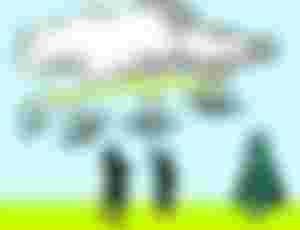
Thunder is just the sound lightning makes. Light travels faster than sound, so we see the lightning before we hear the thunder.
Thunder is extremely hard to hear if you’re more than twelve miles away from the storm.
The closer you are to a storm, the closer together the thunder and lightning will be.
Astraphobia is the fear of thunder and lightning.
Philosophers used to believe that thunder was the sound of clouds colliding.
Andromeda

The Andromeda Galaxy is the largest galaxy in the Local Cluster.
The Andromeda Galaxy is coming towards the Milky Way at a speed of 100 to 140 kilometers a second.
It has a very packed and crowded double nucleus.
It has a massive star cluster at its heart.
The Andromeda Galaxy is the most distant thing you can see with your naked eye.
It may also have a super massive black hole.
Jupiter

Jupiter has 67 moons organized into three groups: inner moons, Galilean moons, and outer moons.
The first sighting of Jupiter that was recorded was around 7th or 8th B.C. by the Babylonians.
Jupiter has the shortest day of all the eight planets in our solar system.
Galileo discovered four of Jupiter’s moons in 1610.
One year on Jupiter is equivalent to about 11.86 years on Earth.
Only eight space craft have visited Jupiter.
Jupiter doesn’t have seasons because its axis is only tilted 3.13 degrees.
Clouds

It takes an hour or less to form a cloud.
There are a lot of different kinds of clouds, but the most common are stratus, cumulus, and cirrus.
The reason why clouds appear white is because they reflect the sun’s light. (Like the Moon!)
People that belong to the religions Hinduism or Buddhism believe that the common Cumulus cloud is the spiritual cousin of elephants.
There is an international Cloud Committee.
Any planet with an atmosphere most likely has clouds.
Mars

The month of March is named after Mars.
If a human went to Mars without a space suit, their blood would turn to bubbles and they would die.
There are very violent and dark dust storms on Mars.
The crust of Mars is thicker than Earth’s and it only has one piece. (Earth has multiple pieces called tectonic plates.)
During a winter in Mars, about twenty percent of the air freezes.
The average temperature on Mars is minus 81 degrees Fahrenheit.
The Moon
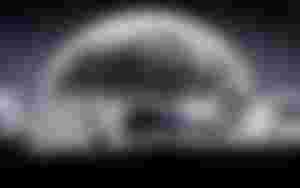
Scientists believe that the Earth may have had two moons at one point in time.
The ashes of Eugene Shoemaker, a famous astronomer and geologist, are sprinkled on the moon’s surface.
The moon has “earthquakes” called moon-quakes that can change the tides of the ocean.
Lunar dust is as fine as flour but it’s very course and it clings to everything, much like dust on Earth.
The shadows on the moon are a lot darker than the ones on Earth.
Neil Armstrong was the first man to walk on the moon at 1969, many still believe this was a conspiracy by the Americans filmed on Earth in order to
show the Russians they been to the moon first.
Earthquake

Earthquakes cause about 8 thousands deaths a year.
There are more earthquakes in the Northern Hemisphere of the Earth than the Southern Hemisphere.
There are four types of faults in the Earth: normal, thrust, reverse, and strike-up.
The longest earthquake recorded in Earth’s history was in the Indian Ocean. The earthquake was in 2004 and it lasted nearly ten minutes.
The largest earthquake recorded in the United Stateswas in Alaska in 1964. The earthquake was a 9.2 on the Richter Scale.
An earthquake has the potential to release hundreds times more energy than the atom bomb the United States dropped on Hiroshima, Japan in 1945.
The deadliest earthquake in recorded history took place in southwest Syria in 1201. The deaths were counted as high as 1.1 million.
Atoms
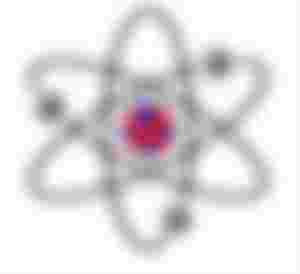
There are three parts to an atom: protons, neutrons, and electrons. They each balance each other out so the atom doesn’t break apart.
There are over one hundred different kinds of atoms that we know exist. There are many atoms and elements we haven’t discovered yet.
The word “atom” comes from the Greek words for “uncuttable” or “undivided”.
The human body is made up of an average of seven billion atoms.
The average diameter of an atom is one tenth of a billionth of a meter.
Atoms are composed of even smaller particles called quarks and leptons.
The human body replaces 98 percent of those atoms every year.
The Sun

If the sun was filled up with Earths, you could fit about one million Earths inside the sun. If you compressed all the Earths, you could get up to 1.3 million Earths inside the sun.
In about 130 million years, the sun will consume the Earth as it becomes a red giant.
The sun is almost a perfect sphere. There is only a slight compression around the circumference.
It takes an average of eight minutes and twenty seconds for light from the sun to reach the Earth.
The sun travels in the galaxy at speed of about 220 kilometers per second.
The sun is 4.5 billion years old, but it’s only at about middle age for stars.

